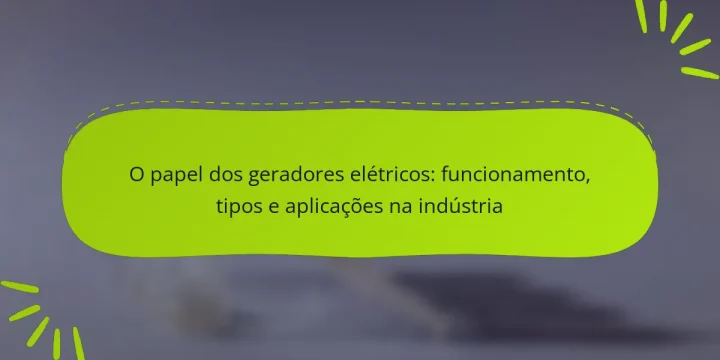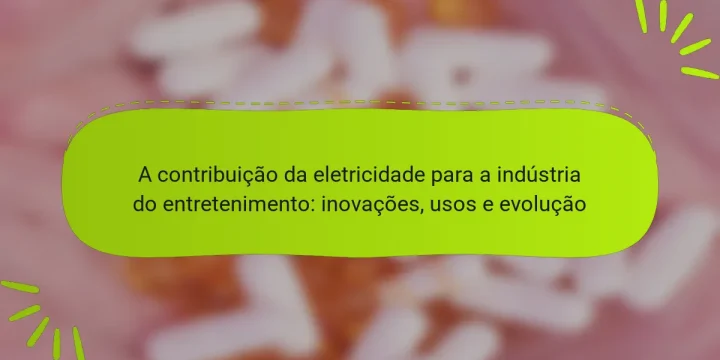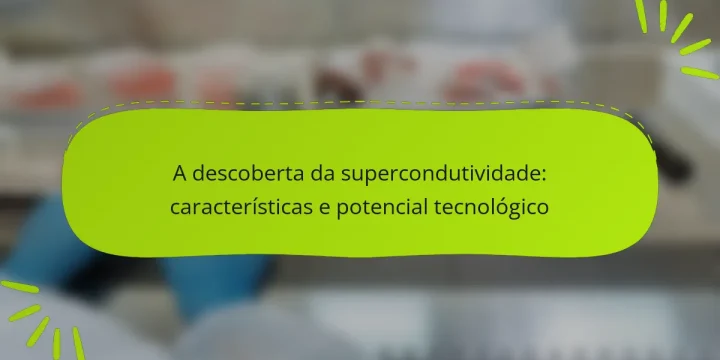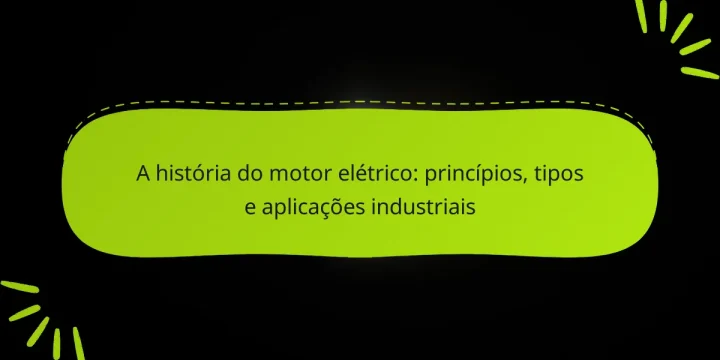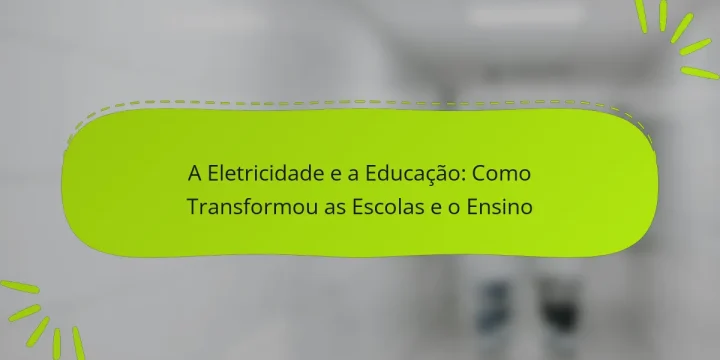
Bem-vindo ao História da Energia
No historia-energia.com, embarcamos em uma jornada fascinante através do tempo para descobrir a evolução da eletricidade. Desde as primeiras descobertas que moldaram nossa compreensão do fenômeno elétrico até os avanços tecnológicos que transformaram nossas vidas, este é o lugar para amantes da história, ciência e inovação. A eletricidade não é apenas uma comodidade moderna; é a força vital que impulsiona a civilização contemporânea.
Explorar a história da eletricidade é entender como a humanidade se conectou e evoluiu. Nossos artigos e recursos abrangem marcos cruciais e os visionários que tornaram tudo isso possível. Junte-se a nós para celebrar as mentes brilhantes que iluminam o nosso mundo e as histórias que tornam a eletricidade uma parte tão vital de nossas vidas diárias.
O que você pode explorar:
- As descobertas fundamentais sobre eletricidade
- Biografias de inventores e cientistas importantes
- Invenções que mudaram o curso da história
- Impacto da eletricidade na sociedade moderna
- Desenvolvimentos tecnológicos atuais quanto ao uso de energia elétrica

